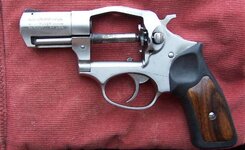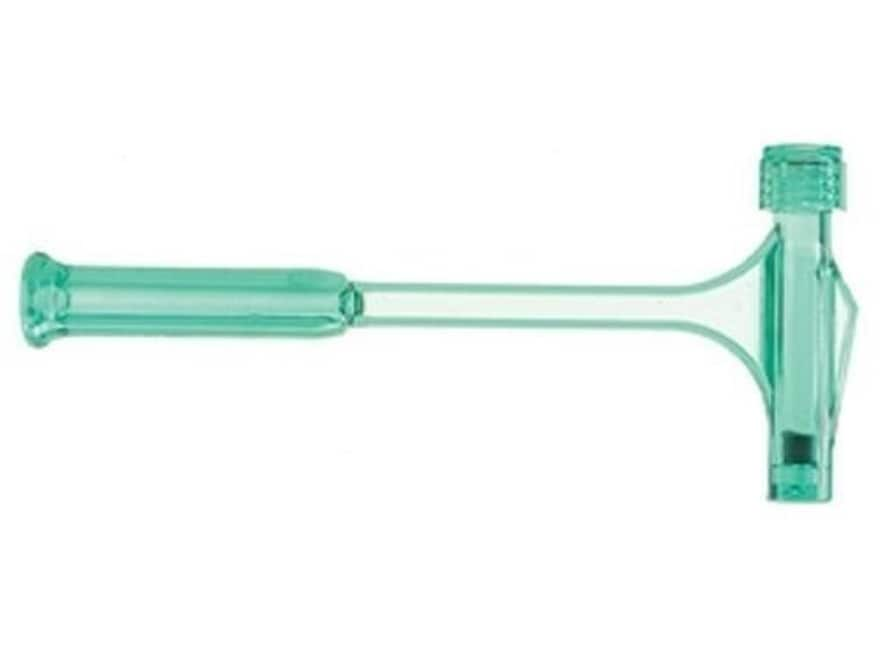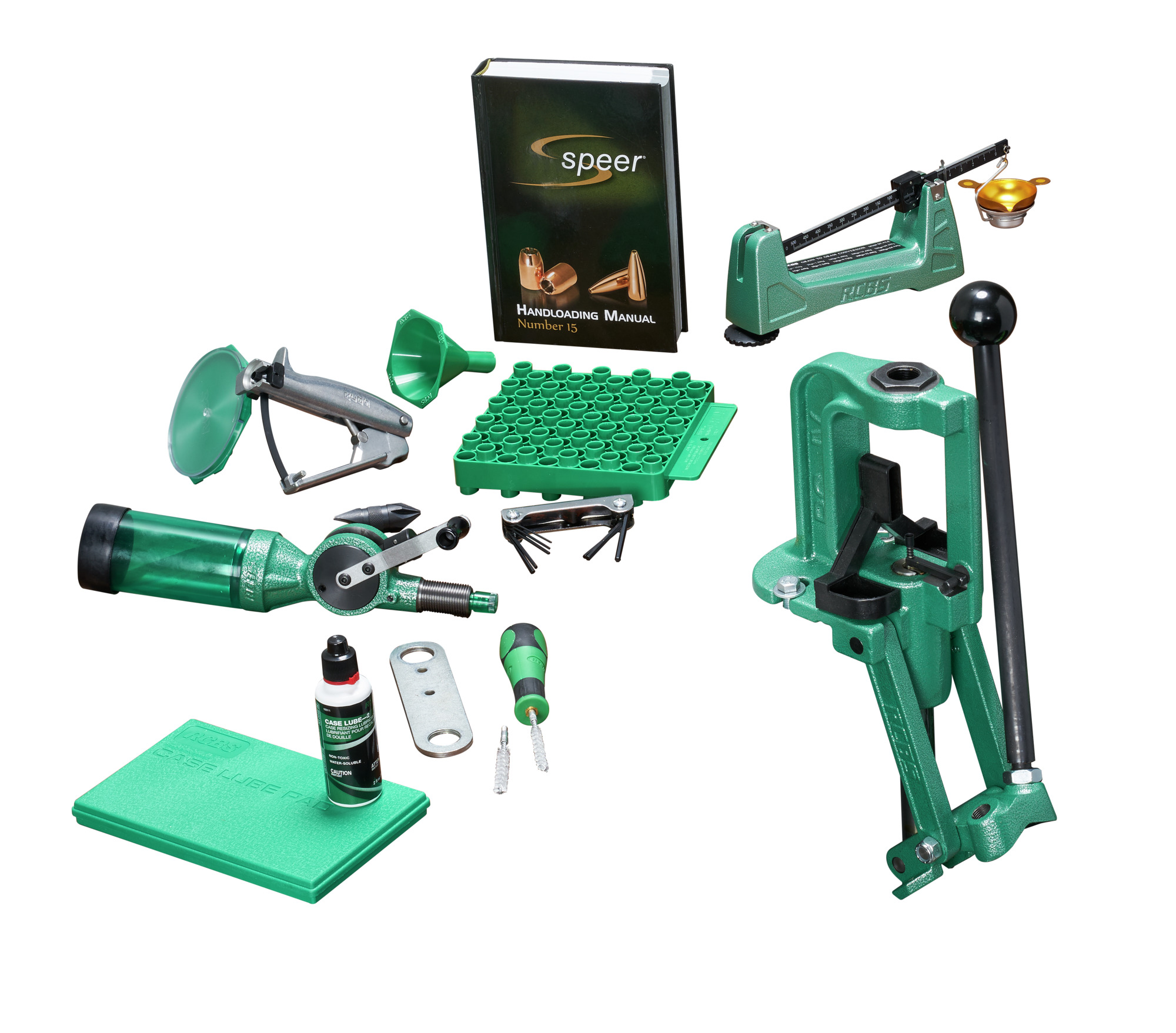Silver Supporter
- Messages
- 3,257
- Reactions
- 7,009
Bought this:
RCBS Explorer Reloading Kit II_9288, Green https://smile.amazon.com/dp/B08743B6V3/ref=cm_sw_r_cp_api_fabt1_9efWFb0MY7ADA
I shoot a pretty wide variety of ammo. Given that supplies are pretty limited right now, what's a good round/load to start with? I have heard that .38 and .357 are good for beginners, which is handy, because I need 357.
Thoughts?
RCBS Explorer Reloading Kit II_9288, Green https://smile.amazon.com/dp/B08743B6V3/ref=cm_sw_r_cp_api_fabt1_9efWFb0MY7ADA
I shoot a pretty wide variety of ammo. Given that supplies are pretty limited right now, what's a good round/load to start with? I have heard that .38 and .357 are good for beginners, which is handy, because I need 357.
Thoughts?















